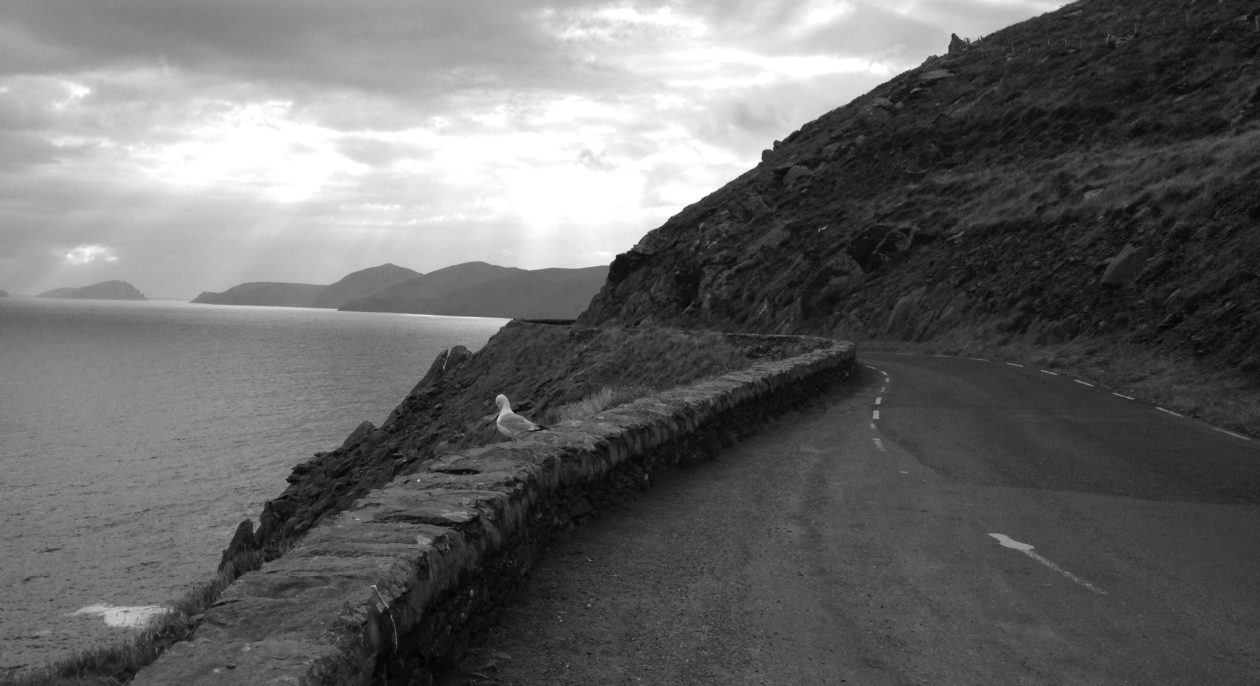Feature on High Tide
Reviews of High Tide
https://www.thesomervilletimes.com/archives/100229
https://northofoxford.wordpress.com/2021/05/01/high-tide-by-ed-meek/
https://acrossthemargin.com/book-review-high-tide-by-ed-meek/
Interview by Doug Holder
https://www.youtube.com/watch?v=ysUcOCaKAzw
Reading Wellfleet Library
https://www.youtube.com/watch?v=8jFq-HXP-i4
Feature on Luck
Review of Luck
